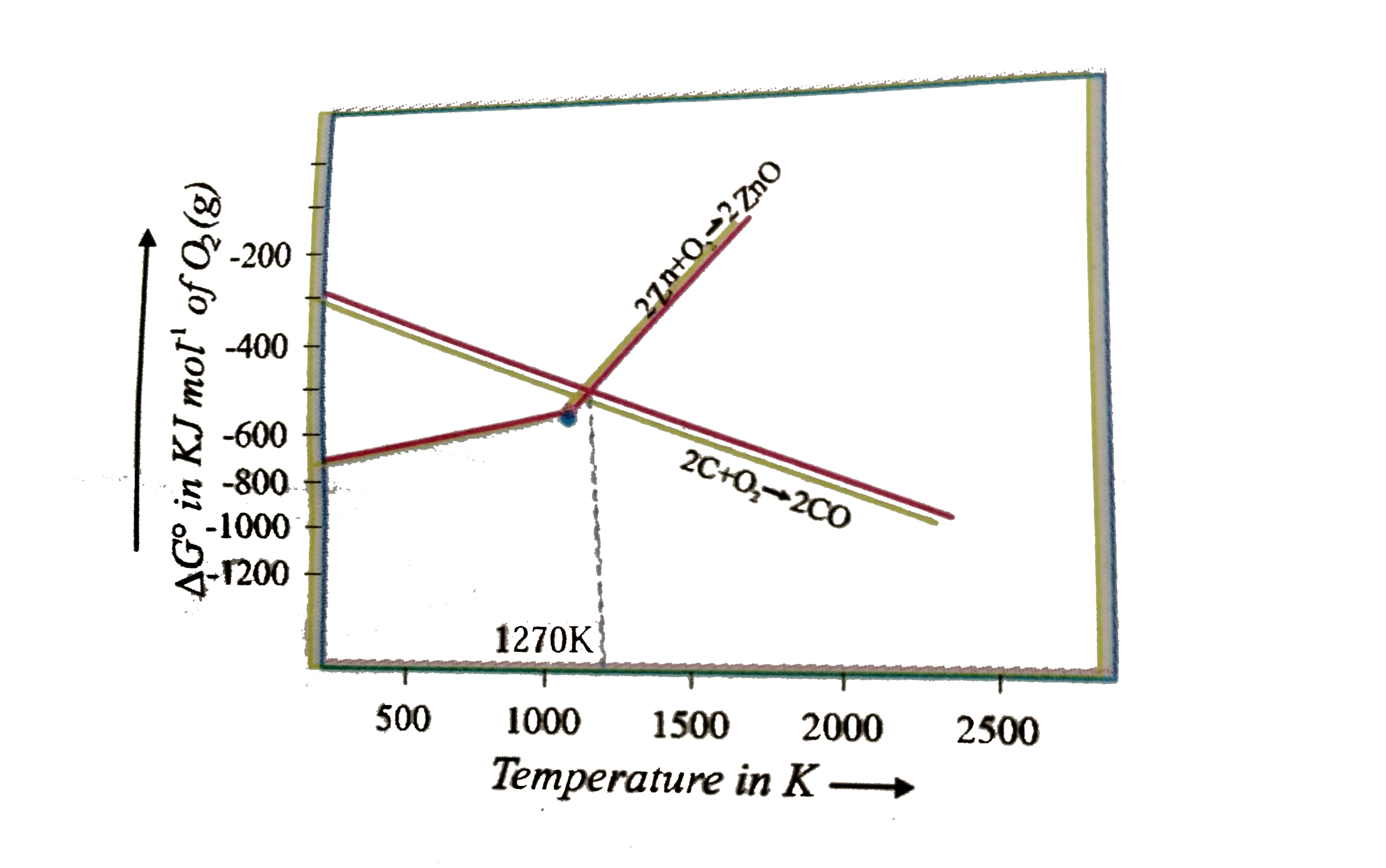Consider the following three orbitals :

Correct statement(s) regarding given information is /are :
A
Orbitals (i) and (ii) can never form any type of covalent bond
B
If internuclear axis is x, then combination of (ii) and (iii) orbitals can form π- bond
C
Orbital (iii) can form δ- bond with other orbital having same orientation of lobes
D
If internuclear axis is 'x', then combination of (i) and (iii) orbitals can form π - bond
Video Solution
Text Solution
The correct Answer is:A, C, D
(a)pz+py⇒Non-bonding if internuclear axis is x-axis
(b) py+dxz⇒ Form non-bonding if internuclear axis is x-axis
(c ) dxz+dxz⇒ Can form δ-bond if internuclear axis is y-axis
(d) pz+dxz⇒ CAn form π bond, if internuclear axis is x-axis.
|
Topper's Solved these Questions
- CHEMICAL BONDING (BASIC)BOOK - VK JAISWALCHAPTER - CHEMICAL BONDING (BASIC)EXERCISE - MATCH THE COLUMN
25 Videos
- CHEMICAL BONDING (BASIC)BOOK - VK JAISWALCHAPTER - CHEMICAL BONDING (BASIC)EXERCISE - ASSERTION-REASON TYPE QUESTIONS
24 Videos
- CHEMICAL BONDING (BASIC)BOOK - VK JAISWALCHAPTER - CHEMICAL BONDING (BASIC)EXERCISE - Level 3 (Passive 12)
4 Videos
- CHEMICAL BONDING (ADVANCED)BOOK - VK JAISWALCHAPTER - CHEMICAL BONDING (ADVANCED)EXERCISE - SUBJECTIVE PROBLEMS
72 Videos
- CO-ORDINATION COMPOUNDSBOOK - VK JAISWALCHAPTER - CO-ORDINATION COMPOUNDSEXERCISE - ASSERTION-REASON TYPE QUESTIONS
26 Videos
Similar Questions
Knowledge Check
Correct statement(s) regarding the graph
 ACurves involving the formation of ZnO and CO cross each other at about 1270 KBZinc begins to boil at 1180K, hence sudden increase in the value of ΔG0CAbove 1270 K,'C' can reduceDAll
ACurves involving the formation of ZnO and CO cross each other at about 1270 KBZinc begins to boil at 1180K, hence sudden increase in the value of ΔG0CAbove 1270 K,'C' can reduceDAllCorrect statement(s) regarding the graph
 ACurves involving the formation of ZnO and CO cross each other at about 1270 KBZinc begins to boil at 1180K, hence sudden increase in the value of ΔG0CAbove 1270 K,'C' can reduceDAll
ACurves involving the formation of ZnO and CO cross each other at about 1270 KBZinc begins to boil at 1180K, hence sudden increase in the value of ΔG0CAbove 1270 K,'C' can reduceDAll
The correct statement(s) regarding the above reaction is/areAmore than catalytic amounts of AlCl3 is required for the reactionBCommonly observed rate =k[Ar−H][RCOCl][AlCl3]CThe electrophile in the reaction R−⊕C=0DIf in RCOCl 'R' is (CH3)3C− the product of the reaction is
True statement(s) regarding the given molecule is/are

View SolutionCorrect statement (s) regarding the following reaction scheme is/are

View SolutionMark the correct statement (s) regarding friction .
View SolutionChoose the correct statement(s) regarding SHM
View SolutionSelect correct statement(s) regarding given complexes:
View Solution


